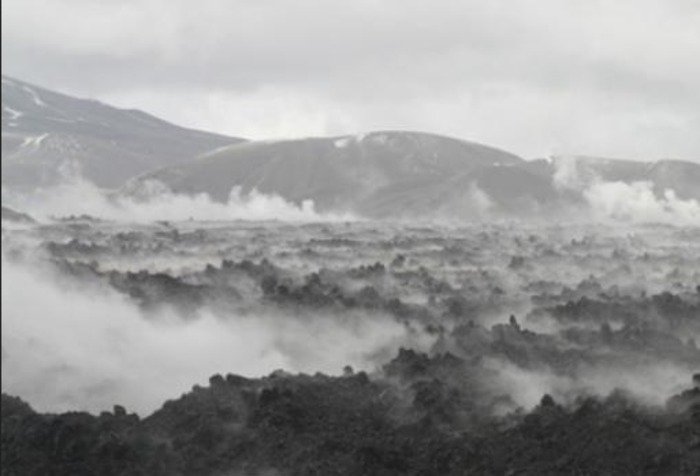LANCASTER, England, Nov. 8 (UPI) -- Scientists say a rare type of lava is still moving -- slowly -- almost a year after the eruption of a volcano in Chile.
British researchers who studied the Puyehue-Cordon Caulle volcano in Chile in January found the obsidian lava flow was still moving even though the volcano stopped erupting in April 2012.















